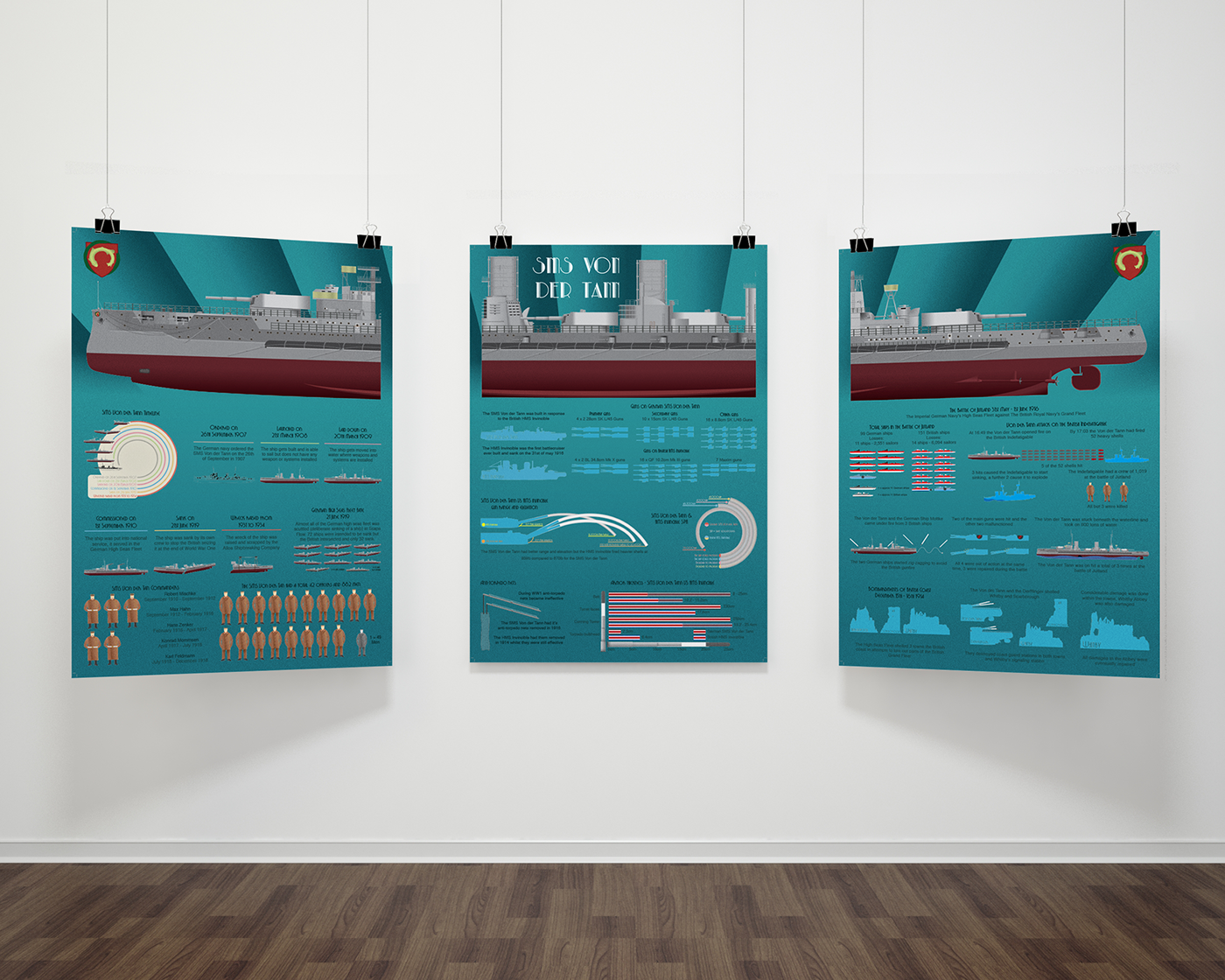How To Budget For Your Flooring Job: A Practical Guide
How To Budget For Your Flooring Job: A Practical Guide
Blog Article
Short Article By-Rosario Axelsen
When you're planning a flooring job, budgeting isn't practically selecting a number; it has to do with understanding what you really need and the costs entailed. You'll wish to examine your certain requirements, study different products, and anticipate unforeseen expenditures. Consider how variables like space purpose and installment approaches can affect your budget. Yet before you enter, there are some essential details you might neglect that might significantly influence your overall expenses. Allow's check out exactly how to browse these intricacies and guarantee your project stays on track.
Assessing Your Flooring Requirements
Prior to diving into your floor covering job, it's essential to assess your floor covering requires. Start by thinking about the specific locations where you intend to set up brand-new flooring. Think of the purpose of each room. For example, bathroom and kitchens require waterproof products, while living locations could gain from comfort and looks.
Next off, assess the status quo of your floors. Exist any type of architectural problems, such as unequal surface areas or dampness problems? Resolving these issues early can conserve you money and time down the line.
Also, take note of the dimensions of each space to establish how much flooring you'll need.
Don't forget to consider your lifestyle. If you have pets or young youngsters, durability may be your leading concern, while an extra formal space might ask for a glamorous finish. Additionally, think about your layout preferences. Do you like a traditional look, or are you attracted to modern styles?
Finally, be realistic concerning just how much maintenance you want to devote to. Discover More need more upkeep than others. By recognizing your demands plainly, you'll be much better outfitted to make educated selections as you progress with your flooring project.
Estimating Prices and Products
Approximating expenses and materials is an essential step in your floor covering job that can substantially affect your overall spending plan. Begin by gauging your room accurately to figure out just how much flooring you'll require. For read on of products, you'll locate prices by square foot, so gather quotes from various vendors to get a sensible figure.
Next off, consider the type of floor covering you desire. Alternatives like hardwood, laminate, floor tile, or carpeting all included different price points. Study the expenses for each and consider any kind of extra products like underlayment, adhesive, or shift strips.
Don't fail to remember to consist of devices if you're planning a DIY installation, as leasing or buying equipment can include in your expenses.
Labor costs are an additional vital consideration. If you're working with experts, get price quotes from several contractors to guarantee you're getting a reasonable rate. Be clear about the range of work to prevent unanticipated charges later.
Lastly, it's wise to set aside a small percent of your budget for any type of unanticipated prices associated with materials. By extensively estimating your expenses and materials ahead of time, you'll establish yourself up for a smoother and a lot more convenient floor covering job.
Preparation for Hidden Costs
Several house owners ignore the surprise expenses that can develop during a flooring job, which can cause budget overruns. To avoid this, you require to prepare for potential added costs.
Initially, take into consideration the problem of your existing subfloor. If it's damaged or irregular, you'll likely require repairs or leveling, which can include dramatically to your total expenditure.
Next, think about removal and disposal charges for your old flooring. Several contractors bill additional for this solution, so factor that into your spending plan.
Furthermore, don't forget about the expenses of underlayment, which may not be consisted of in the first quote yet are necessary for an effective installation.
You need to additionally prepare for unanticipated complications, such as plumbing or electrical work if your flooring task includes moving fixtures. It's smart to reserve at the very least 10-15% of your overall allocate these unanticipated costs.
Last but not least, bear in mind that licenses might be required for sure installations. Constantly inspect neighborhood guidelines to prevent penalties or hold-ups.
Final thought
To conclude, budgeting for your flooring project is necessary for a successful result. By evaluating your needs, approximating costs, and planning for concealed costs, you'll avoid surprises and remain on track. Remember to reserve a part of your budget for unexpected costs and maintain an in-depth break down of your expenditures. With cautious planning and factor to consider, you'll create a stunning space that satisfies your needs without breaking the bank. Satisfied floor covering!
